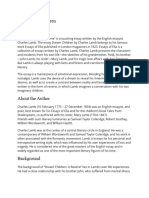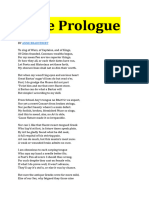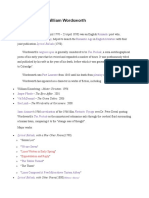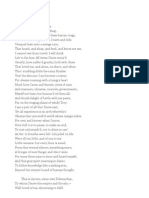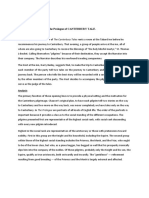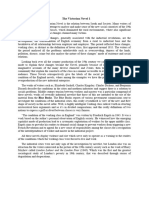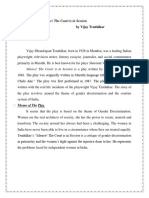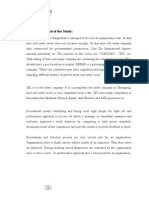0% found this document useful (0 votes)
914 views8 pagesLife Writing: Definitions & Distinctions
This document defines and distinguishes different types of life writing such as autobiography, biography, and life narrative. It notes that life writing encompasses works focusing on a person's life, while life narrative specifically refers to self-referential writing like autobiographies. Biographies and life narratives take different approaches, with biographies documenting others' lives from an external perspective and life narratives involving individuals writing about their own lives from both external and internal viewpoints. The boundaries between life narratives and novels are also blurred at times, though novels involve fictional stories rather than true personal accounts.
Uploaded by
8wk9cn4d6fCopyright
© © All Rights Reserved
We take content rights seriously. If you suspect this is your content, claim it here.
Available Formats
Download as PDF, TXT or read online on Scribd
0% found this document useful (0 votes)
914 views8 pagesLife Writing: Definitions & Distinctions
This document defines and distinguishes different types of life writing such as autobiography, biography, and life narrative. It notes that life writing encompasses works focusing on a person's life, while life narrative specifically refers to self-referential writing like autobiographies. Biographies and life narratives take different approaches, with biographies documenting others' lives from an external perspective and life narratives involving individuals writing about their own lives from both external and internal viewpoints. The boundaries between life narratives and novels are also blurred at times, though novels involve fictional stories rather than true personal accounts.
Uploaded by
8wk9cn4d6fCopyright
© © All Rights Reserved
We take content rights seriously. If you suspect this is your content, claim it here.
Available Formats
Download as PDF, TXT or read online on Scribd
/ 8


